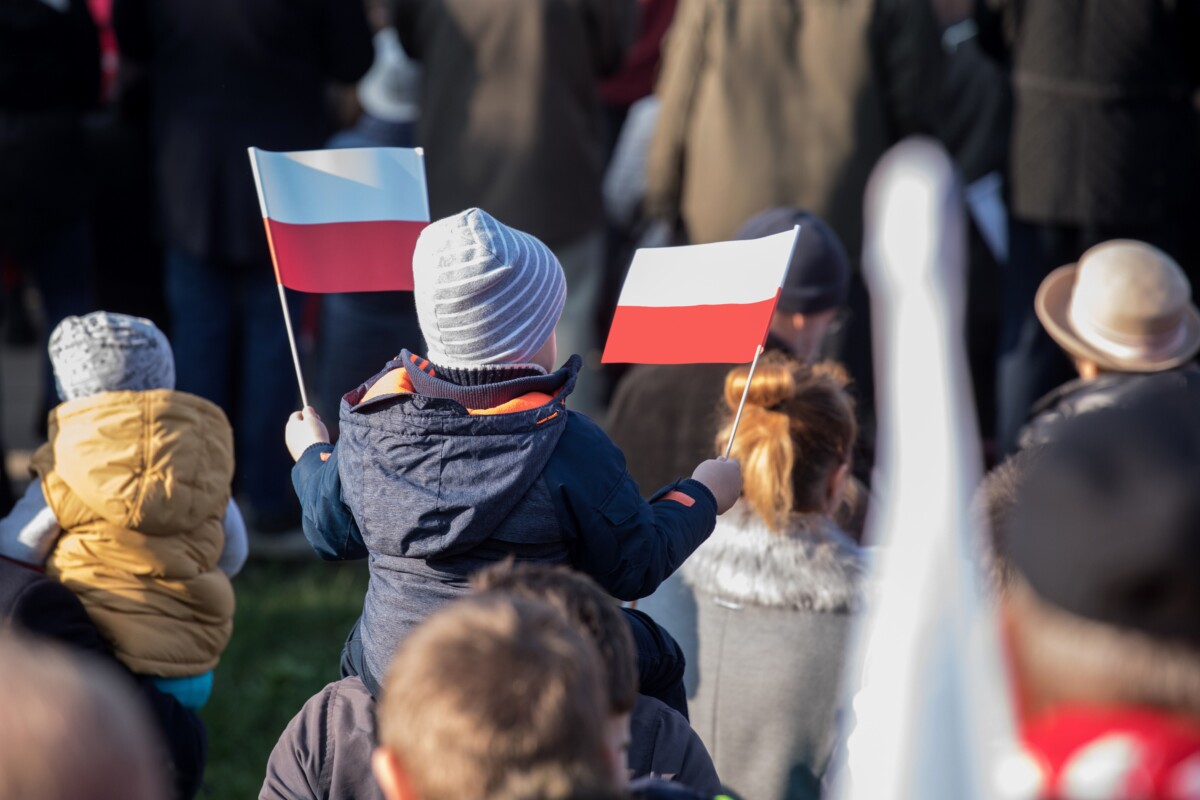Poland’s Independence Day celebrated every year on the 11th of November is largely celebrated in Warsaw on Pilsudski Square by the Tomb of the Unknown Soldier, but other cities across Poland also celebrate this special day by displaying Polish flags, holding parades and giving political speeches.
Apart from high-profile celebrations with state officials, there are some brighter points to this day. St Martin’s croissants are one of them. Even though the delicacy existed way before Poland regained independence, it is now mainly associated with this day, which happens to also be the feast of St Martin in the Catholic Church. The croissants have originated from the city of Poznan and the recipe remains unchanged to this day – they are made from rough puff pastry and contain a white poppy filling. The croissants are always glazed and decorated with nuts, and their shape resembles bull horns or a horseshoe. Although they are officially recognised by the European Union as a Poznan specialty, you can easily find them in other cities across Poland.
If you happen to be in Poland around this time, one of the most unique celebrations of Independence Day in the country is the Warsaw Independence Run. At the start of the race all of the runners join together to make a display of the Polish flag. This is a more active aspect of the day and is generally related to moral improvement and good causes, as a number of people want to reflect not only on the past, but also on the future of the country. The organisers of the run want to promote a healthy lifestyle as a way of thanking those who fought for Poland that is enjoyed today.
Apart from that, Poles tend to spend the day off having festive meals with their family and friends. As a traveller, you should feel included in these activities and feel free to embrace Polish traditions and learn more about the country and its history.
About Poland’s Independence Day
Poland’s Independence Day (Narodowe Święto Niepodległości) is celebrated on the 11th of November. This day commemorates the anniversary of when Poland regained its sovereignty from the German, Austro-Hungarian and Russian Empires in 1918.
Few people know that Poland actually disappeared from world maps for 123 years! From 1772, Poland was under attack by Russia, Prussia and Austria, which resulted in Poland being partitioned into three pieces. Due to their perseverance and dedicated fight, Poles finally regained their independence at the end of World War I.
Under command of the military hero Józef Piłsudski, who was appointed Commander-In-Chief on November 11th 1918, Poland was able to form a new government. Poland’s Independence Day was established in 1937 and was only able to be celebrated twice before World War II began.
From 1939 to 1944, Poland was under Nazi occupation. Therefore, all signs and displays of Polish culture was forbidden. Subsequently, Poland fell under control of the USSR, forbidding patriotic celebrations. After the fall of communism, Poland’s Independence Day was reinstated and celebrated once again beginning in 1989.
If you want to dive into Polish history and are visiting Lublin or Gdańsk, the staff at our hotels would gladly provide you with more details on locations steeped in history to visit in their areas.
